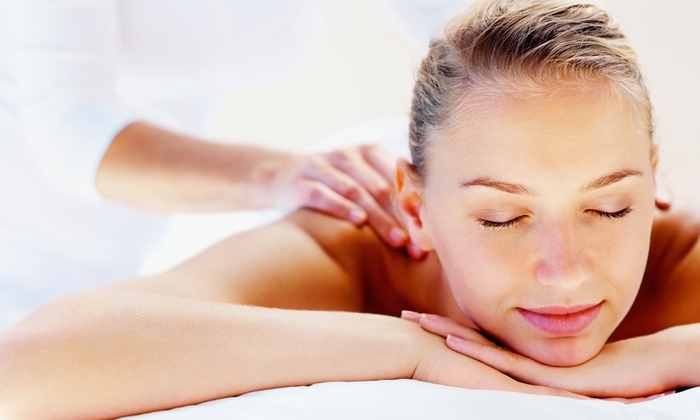
Most people love to receive massage because it helps you feel better, but have you ever wondered why or what effect massage has on your body?
The anatomic and physiologic areas most effected by massage are:
1.) Connective Tissues (musculoskeletal)
2.) Nervous/Neuroendocrine Systems
3.) Circulation (cardiovascular, lymph)
4.) Energy System
These effects are divided into 2 categories, mechanical and reflexive (reflex actions are secondary to mechanical):
Mechanical Action (the physical action of massage)
-
Increases circulation, which in turn helps deliver oxygen and nutrients to tissues via the arterial systems and aides venous return of blood to the heart
-
Promotes lymph movement out of the tissues (decreases edema/swelling)
-
Stretches and un-adheres the connective tissues (muscle/tendons, fascia, scar tissue, etc), which increases range of motion, decreases muscle tone and associated pain
-
Stimulates digestion (direct massage to the abdomen)
Reflexive Action (the body reflexively responds to massage):
-
Helps to shift us from a sympathetic nervous system state (fight or flight) to parasympathetic nervous system state (relaxes all systems, but increases digestion) by helping regulate our epinephrine/norepinephrine and adrenaline/noradrenaline
-
Balances the blood levels of serotonin, dopamine and endorphins, which in turn facilitates the production of natural killer cells in the immune system and helps to regulate moods
-
Helps to decrease cortisol levels, which is our stress hormone, therefore decrease stress related symptoms (ie. suppressed immunity states, sleep disturbances, inappropriate inflammatory responses)
